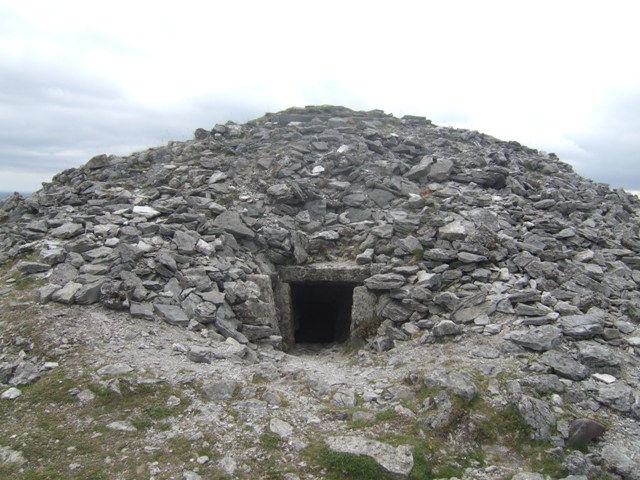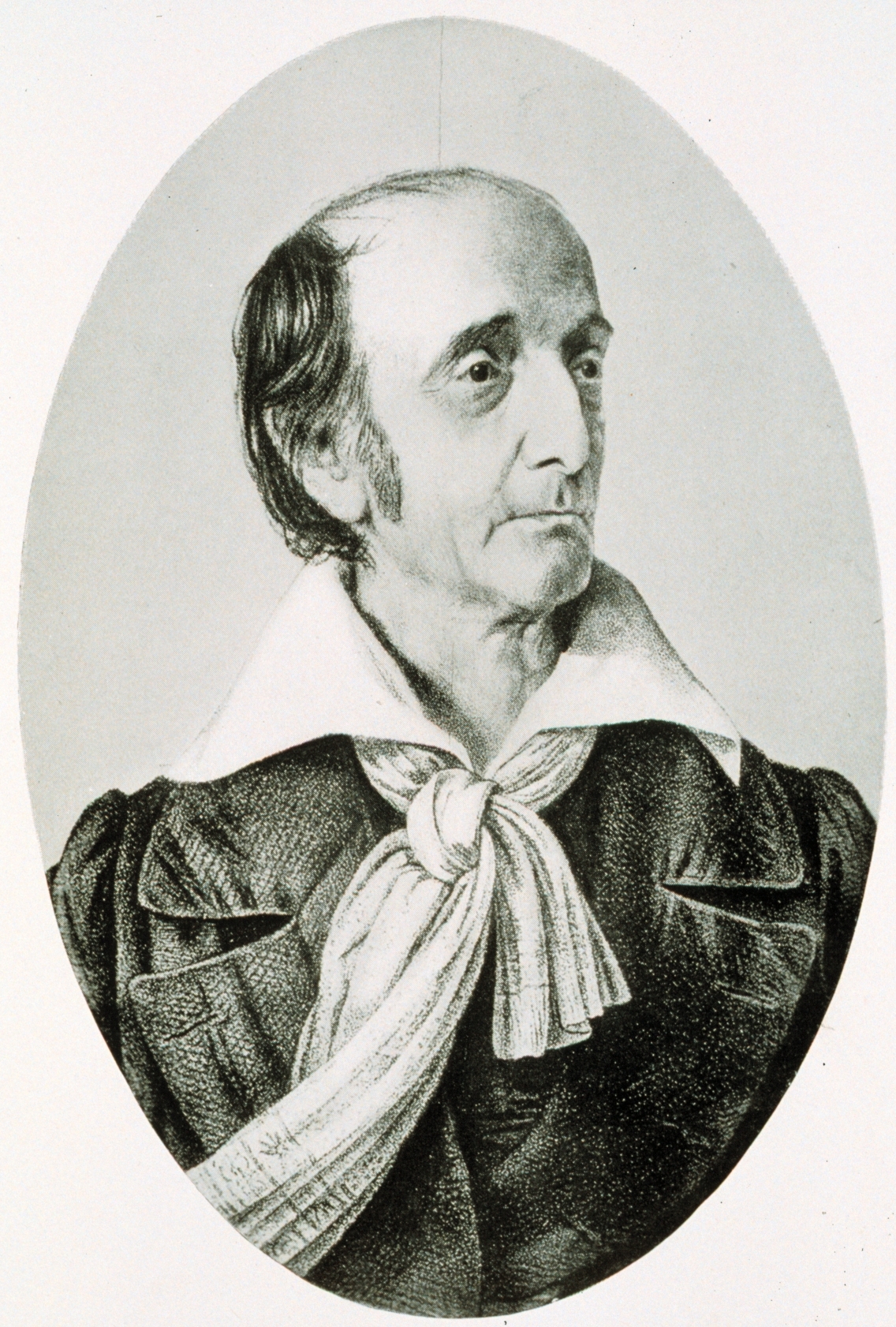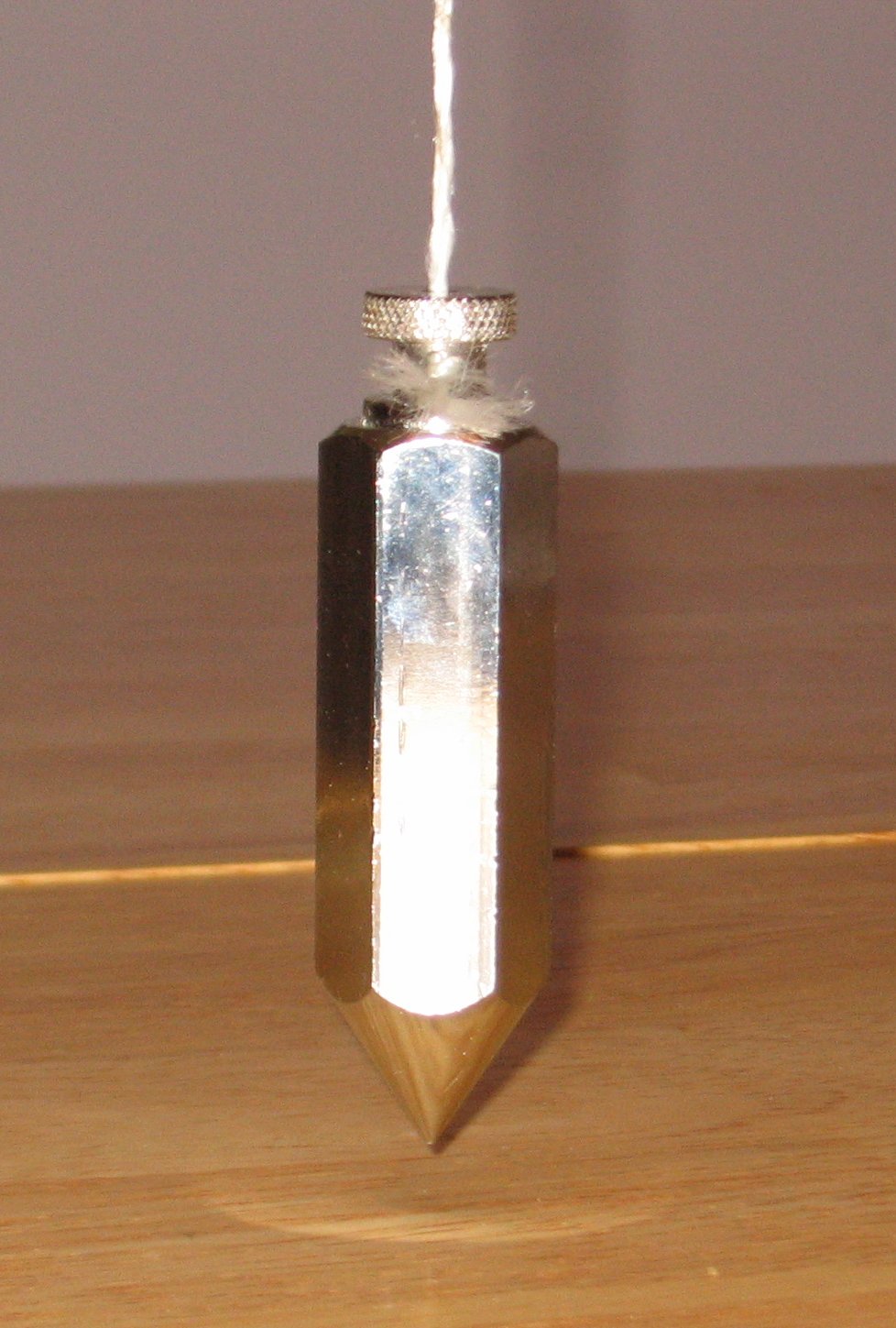|
Survey Marker
Survey markers, also called survey marks, survey monuments, or geodetic marks, are objects placed to mark key survey points on the Earth's surface. They are used in geodetic and land surveying. A '' benchmark'' is a type of survey marker that indicates elevation (vertical position). Horizontal position markers used for triangulation are also known as '' triangulation stations''. ''Benchmarking'' is the hobby of "hunting" for these marks. Types All sorts of different objects, ranging from the familiar brass disks to liquor bottles, clay pots, and rock cairns, have been used over the years as survey markers. Some markers have been used to designate tripoints, or the meeting points of three or more countries. In the 19th century, these marks were often drill holes in rock ledges, crosses or triangles chiseled in rock, or copper or brass bolts sunk into bedrock. Today in the United States, the most common geodetic survey marks are cast metal disks with stamped legends on their ... [...More Info...] [...Related Items...] OR: [Wikipedia] [Google] [Baidu] [Amazon] |
Cairn
A cairn is a human-made pile (or stack) of stones raised for a purpose, usually as a marker or as a burial mound. The word ''cairn'' comes from the (plural ). Cairns have been and are used for a broad variety of purposes. In prehistory, they were raised as markers, as memorials and as burial monuments (some of which Chambered cairn, contained chambers). In the modern era, cairns are often raised as landmarks, especially to mark the summits of mountains, and as Trail blazing, trail markers. They vary in size from small piles of stones to entire artificial hills, and in complexity from loose conical rock piles to elaborate megalithic structures. Cairns may be painted or otherwise decorated, whether for increased visibility or for religious reasons. History Europe The building of cairns for various purposes goes back into prehistory in Eurasia, ranging in size from small rock sculptures to substantial human-made hills of stone (some built on top of larger, natural hills). ... [...More Info...] [...Related Items...] OR: [Wikipedia] [Google] [Baidu] [Amazon] |
Milestone
A milestone is a numbered marker placed on a route such as a road, railway, railway line, canal or border, boundary. They can indicate the distance to towns, cities, and other places or landmarks like Mileage sign, mileage signs; or they can give their position on the route relative to some datum location. On roads they are typically located at the side or in a Central reservation, median or central reservation. They are alternatively known as mile markers (sometimes abbreviated MMs), mileposts or mile posts (sometimes abbreviated MPs). A "kilometric point" is a term used in Metrication, metricated areas, where distances are commonly measured in kilometres instead of miles. "Distance marker" is a generic unit-agnostic term. Milestones are installed to provide linear referencing points along the road. This can be used to reassure travellers that the proper path is being followed, and to indicate either distance travelled or the remaining distance to a destination. Such refer ... [...More Info...] [...Related Items...] OR: [Wikipedia] [Google] [Baidu] [Amazon] |
Boundary Marker
A boundary marker, border marker, boundary stone, or border stone is a robust physical marker that identifies the start of a land Border, boundary or the change in a boundary, especially a change in direction of a boundary. There are several other types of named border markers, known as boundary trees, pillars, monuments, obelisks, and corners. Border markers can also be markers through which a border line runs in a straight line to determine that border. They can also be the markers from which a border marker has been fixed. Purpose According to Josiah Ober, boundary markers are "a way of imposing human, cultural, social meanings upon a once-undifferentiated natural environment." Boundary markers are linked to social hierarchies, since they derive their meaning from the authority of a person or group to declare the limits of a given space of land for political, social or religious reasons. Ober notes that "determining who can use parcels of arable land and for what purpose, ... [...More Info...] [...Related Items...] OR: [Wikipedia] [Google] [Baidu] [Amazon] |
Brazilian Institute Of Geography And Statistics
The Brazilian Institute of Geography and Statistics (; IBGE) is the agency responsible for official collection of statistical, geographic, cartographic, geodetic and environmental information in Brazil. IBGE performs a decennial national census; questionnaires account for information such as age, household income, literacy, education, occupation and hygiene levels. IBGE is a public institute created in 1936 under the name ''National Institute of Statistics''. Its founder and chief proponent was statistician Mário Augusto Teixeira de Freitas. The current name dates from 1938. Its headquarters are located in Rio de Janeiro, and its current president is Marcio Pochmann, replacing Eduardo Rios Neto. It was made a federal agency by Decree-Law No. 161 on February 13, 1967, and is linked to the Ministry of the Economy, inside the Secretariat of Planning, Budget and Management. Structure IBGE has a network of national research and dissemination components, comprising: * 27 ... [...More Info...] [...Related Items...] OR: [Wikipedia] [Google] [Baidu] [Amazon] |
Differential GPS
Differential Global Positioning Systems (DGPSs) supplement and enhance the positional data available from global navigation satellite systems (GNSSs). A DGPS can increase accuracy of positional data by about a thousandfold, from approximately to . DGPSs consist of networks of fixed position, ground-based reference stations. Each reference station calculates the difference between its highly accurate known position and its less accurate satellite-derived position. The stations broadcast this data locally—typically using ground-based transmitters of shorter range. Non-fixed (mobile) receivers use it to correct their position by the same amount, thereby improving their accuracy. The United States Coast Guard (USCG) previously ran DGPS in the United States on longwave radio frequencies between and near major waterways and harbors. It was discontinued in March 2022. The USCG's DGPS was known as NDGPS (Nationwide DGPS) and was jointly administered by the Coast Guard and the United ... [...More Info...] [...Related Items...] OR: [Wikipedia] [Google] [Baidu] [Amazon] |
United States Coast And Geodetic Survey
The United States Coast and Geodetic Survey ( USC&GS; known as the Survey of the Coast from 1807 to 1836, and as the United States Coast Survey from 1836 until 1878) was the first scientific agency of the Federal government of the United States, United States Government. It existed from 1807 to 1970, and throughout its history was responsible for mapping and charting the coast of the United States, and later the coasts of Territories of the United States, U.S. territories. In 1871, it gained the additional responsibility of surveying the interior of the United States and geodesy became a more important part of its work, leading to it being renamed the U.S. Coast and Geodetic Survey in 1878. Long the U.S. government's only scientific agency, the Survey accumulated other scientific and technical responsibilities as well, including astronomy, cartography, metrology, meteorology, geology, geophysics, hydrography, navigation, oceanography, exploration, Piloting, pilotage, tides, and ... [...More Info...] [...Related Items...] OR: [Wikipedia] [Google] [Baidu] [Amazon] |
National Spatial Reference System
The National Spatial Reference System (NSRS), managed by the National Geodetic Survey (NGS), is a coordinate system that includes latitude, longitude, elevation, and other values. The NSRS consists of a National Shoreline, the NOAA CORS Network (a system of Global Positioning System Continuously Operating Reference Stations), a network of permanently marked points, and a set of models that describe dynamic geophysical processes affecting spatial measurements. The system is based on the datums NAD 83 and NAVD 88. In 2025 or 2026, the NSRS will be modernized with a focus on Global Navigation Satellite Systems (GNSS) and geoid use. It will use the following four frames of reference, each representing a tectonic plate: *North American Terrestrial Reference Frame of 2022 (NATRF2022) *Pacific Terrestrial Reference Frame of 2022 (PTRF2022) *Caribbean Terrestrial Reference Frame of 2022 (CTRF2022) *Mariana Terrestrial Reference Frame of 2022 (MTRF2022) Datum of 2022 The North American ... [...More Info...] [...Related Items...] OR: [Wikipedia] [Google] [Baidu] [Amazon] |
Plumb-bob
A plumb bob, plumb bob level, or plummet, is a weight, usually with a pointed tip on the bottom, suspended from a string and used as a vertical direction as a reference line, or plumb-line. It is a precursor to the spirit level and used to establish a vertical datum reference, datum. It is typically made of stone, wood, or lead, but can also be made of other metals. If it is used for decoration, it may be made of bone or ivory. The measuring instrument, instrument has been used since at least the time of ancient EgyptDenys A. Stocks. Experiments in Egyptian archaeology: stoneworking technology in Ancient Egypt'. Routledge; 2003. . p. 180. to ensure that constructions are "wikt:plumb, plumb", or vertical. It is also used in surveying, to establish the nadir (opposite of zenith) with respect to Gravity of Earth, gravity of a point in space. It is used with a variety of instruments (including Level (instrument), levels, theodolites, and tape measure, steel tapes) to set the in ... [...More Info...] [...Related Items...] OR: [Wikipedia] [Google] [Baidu] [Amazon] |
Shachihoko
A – or simply – is a sea monster in Japanese folklore with the head of a dragon or tiger or lion and the body of a carp covered entirely in black or grey scales.Joya. ''Japan and Things Japanese.'' Taylor and Francis, 2017;2016;, According to the tale, Shachihoko lives in the cold northern ocean. Its broad fins and tail always point up toward heaven, and its dorsal fins have numerous sharp spikes. It can swallow a massive amount of water and hold it in its belly, as well as summon clouds and control the rain.Meyer, Matthew. “Shachihoko.” ''YOKAI.COM'', https://yokai.com/shachihoko/ . Accessed 3 December 2022. Although believed to come from the sea, they are often constructed high on the roof standing upside down. 鯱 is a kokuji character; when pronounced , it can mean " orca". Origins Shachihoko evolved from '' Chiwen'', an animal in the Chinese tale from the Han dynasty (202 BC - 220 AD), and is known as Shibi in Japan. First found in the Eastern Han dynasty po ... [...More Info...] [...Related Items...] OR: [Wikipedia] [Google] [Baidu] [Amazon] |
Tripoint
A triple border, tripoint, trijunction, triple point, or tri-border area is a geography, geographical point at which the boundaries of three countries or Administrative division, subnational entities meet. There are 175 international tripoints as of 2020. Nearly half are situated in rivers, lakes or seas. On dry land, the exact tripoints may be indicated by markers or pillars, and occasionally by larger monuments. Usually, the more neighbours a country has, the more international tripoints that country has. China with 16 international tripoints and Russia with 11 to 14 lead the list of states by number of international tripoints. Other countries, like Brazil, India, and Algeria, have several international tripoints. Argentina has four international tripoints. South Africa, Pakistan and Nigeria have three international tripoints, Guatemala has two: one with Mexico and Belize, and one with Honduras and El Salvador; while Bangladesh and Mexico have one. Within Europe, landlocked Au ... [...More Info...] [...Related Items...] OR: [Wikipedia] [Google] [Baidu] [Amazon] |
Benchmarking (hobby)
A person taking a photo of a located benchmark on a statue Benchmarking, also known as benchmark hunting, is a hobby activity in which participants find benchmarks (also known as survey markers or geodetic control points). The term "benchmark" is used only to refer to survey markers that designate a certain elevation, but hobbyists often use the term benchmarks to include triangulation stations or other reference marks. Like geocaching, the activity has become popular since 1995, propelled by the availability of online data on the location of survey marks (with directions for finding them) and by the rise of hobbyist-oriented websites. History Many survey markers in the U.S. were set over 100 years ago. There was a surge in creating these marks in the U.S. from about 1930 to 1955, in conjunction with the expansion of map-making activities across the country. Sources of data on U.S. marks In the U.S., about 740,000 benchmarks with precise elevations or coordinates (but ... [...More Info...] [...Related Items...] OR: [Wikipedia] [Google] [Baidu] [Amazon] |








